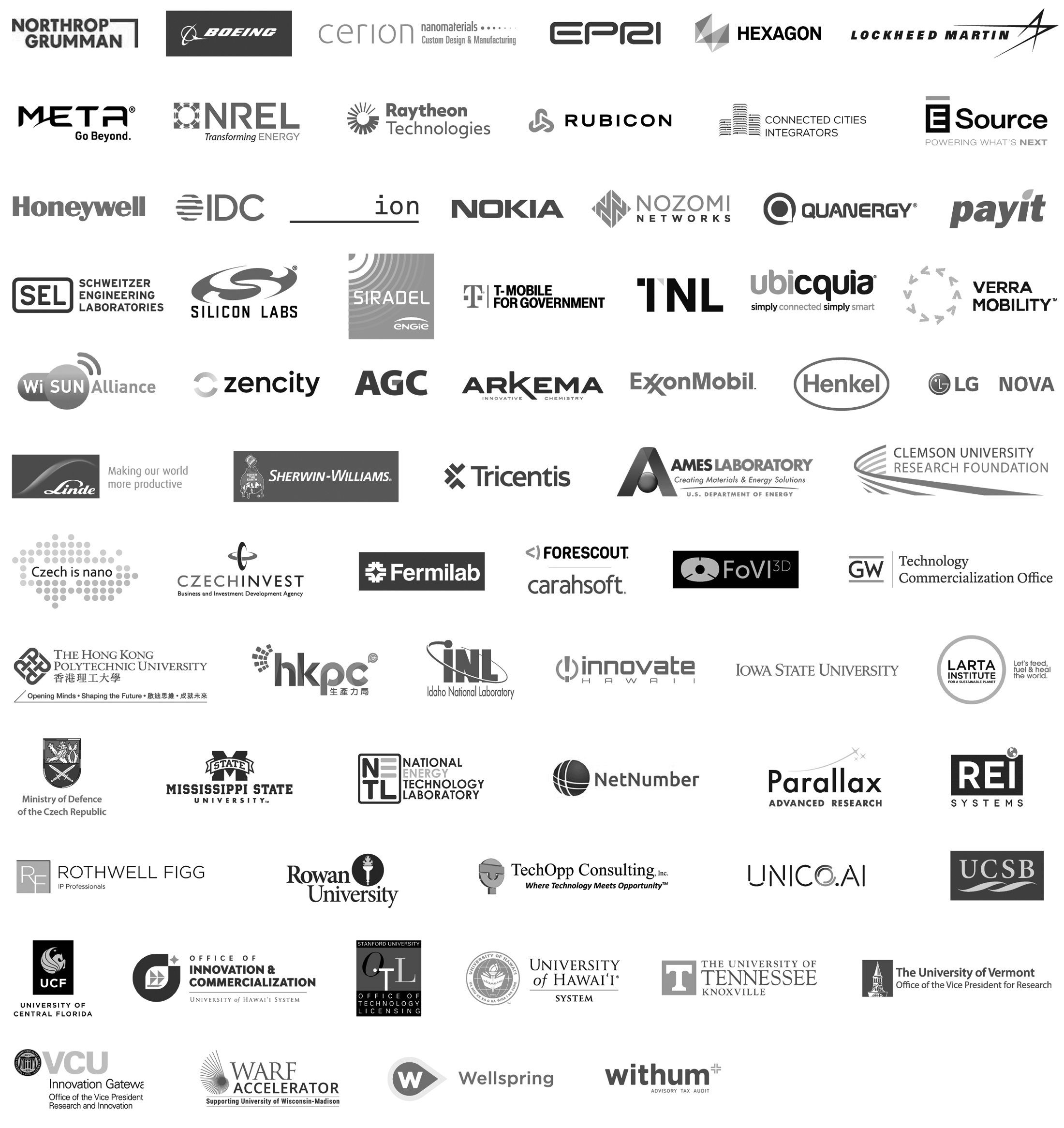2021 Innovation Showcase Participants
- Showcase Participants with Maturity: Concept and Industry Area: Materials & Manufacturing
Machine Learning Tools for Rapid Characterization of Nanomanufacturing Parameter Spaces
This innovation utilizes machine learning tools to provide valuable insights into complex parameter interactions of nanomaterial synthesis processes, allowing for more effective optimization of high-sensitivity processes.
Extracting of Lithium from Batteries via Accelerated Plating
This technology takes advantage of lithium electrodeposition for recovery of lithium from the electrolyte in end-of-life batteries. A companion mathematical model was developed to predict the optimal conditions for lithium electrodeposition in graphite-based lithium-ion batteries for electric vehicle applications under different charging rates and operating temperatures.
Pore-Encapsulated Catalysts for Selective Hydrogenolysis of Plastic Waste
Typical issue with polyethylene recycling is that it is difficult for the recycled material to be as high quality as the parent. This technology offers significant performance increase by limiting the conformational freedom of polymers during processing to prevent side reactions and obtain a narrow distribution of commercially useful materials.
Efficient, Environmentally Friendly Recycling of Li-Ion Battery Waste: Mechanochemical recovery of Co, Li and other essential components
Researchers developed a more energy efficient and environmentally friendly solvent-free mechanochemical method for recycling lithium-ion batteries.This reactive milling process is scalable, works in ambient conditions, and offers high-conversion rate.The process has potential to reduce the recycling time and cost, losses of valuable materials, emission of toxic gases, and energy consumption.
Superconductor Magnetic Shields to Protect Satellites from Cosmic Rays
New generations of superconductors can be used in space efficiently to protect satellites from cosmic rays which cause satellite failure and shortened orbital life. Such magnetic shields are durable and cheap: low weight, no moving parts, and powered when needed by the cosmic rays themselves.
Cottonseed Oil Polymer
This technology is a method for creating a thermoplastic polymer formed from the fatty acids in cottonseed oil.
Hybrid Copper-Coated Carbon Nanotube Structures for Multifunctional Coatings
SkyNano will combine our core competency in the production of low-cost CO2-derived carbon nanotubes with Prof. Dustin Gilbert's laboratory's expertise in electroless Cu coating of materials to produce multifunctional Cu-coated CNTs for applications in bioactive coatings with antimicrobial and antiviral behavior.
Multilayered gradient thick anti-corrosive coating on Zirconium oxides base
Creation of Zr-ZrO2 coating with thickness up to 500 µm by high-speed electron beam evaporation of zirconium from four sources in the zone of Ar-O2 plasma cloud enables to perform reaction of Zr metal oxidation on nano-level. Regulation of process parameters allows getting Zr-ZrO2 composition.
Microwave Assisted Catalysis (MAC) System
The MAC system is a modular, compact, and turnkey reactor system that converts remote associated natural gas resources into value-added chemicals, like benzene, toluene, and xylene, as an alternative to flaring. The system uses novel microwave-assisted catalytic technology that enables on-demand chemical production compared to traditionally heated catalytic systems.
Catalytic Upcycling of Hydrocarbon Polymers to High Value Unsaturated Compounds
This catalytic plastic upcycling technology can be used at moderate temperatures (250°C to 400°C) with high selectivity and significantly reduced energy expenditure compared to current catalytic processes. This technology produces materials that have a higher value than the waste material from which they are derived and eliminates the typical hazardous waste associated with catalytic upcycling.








